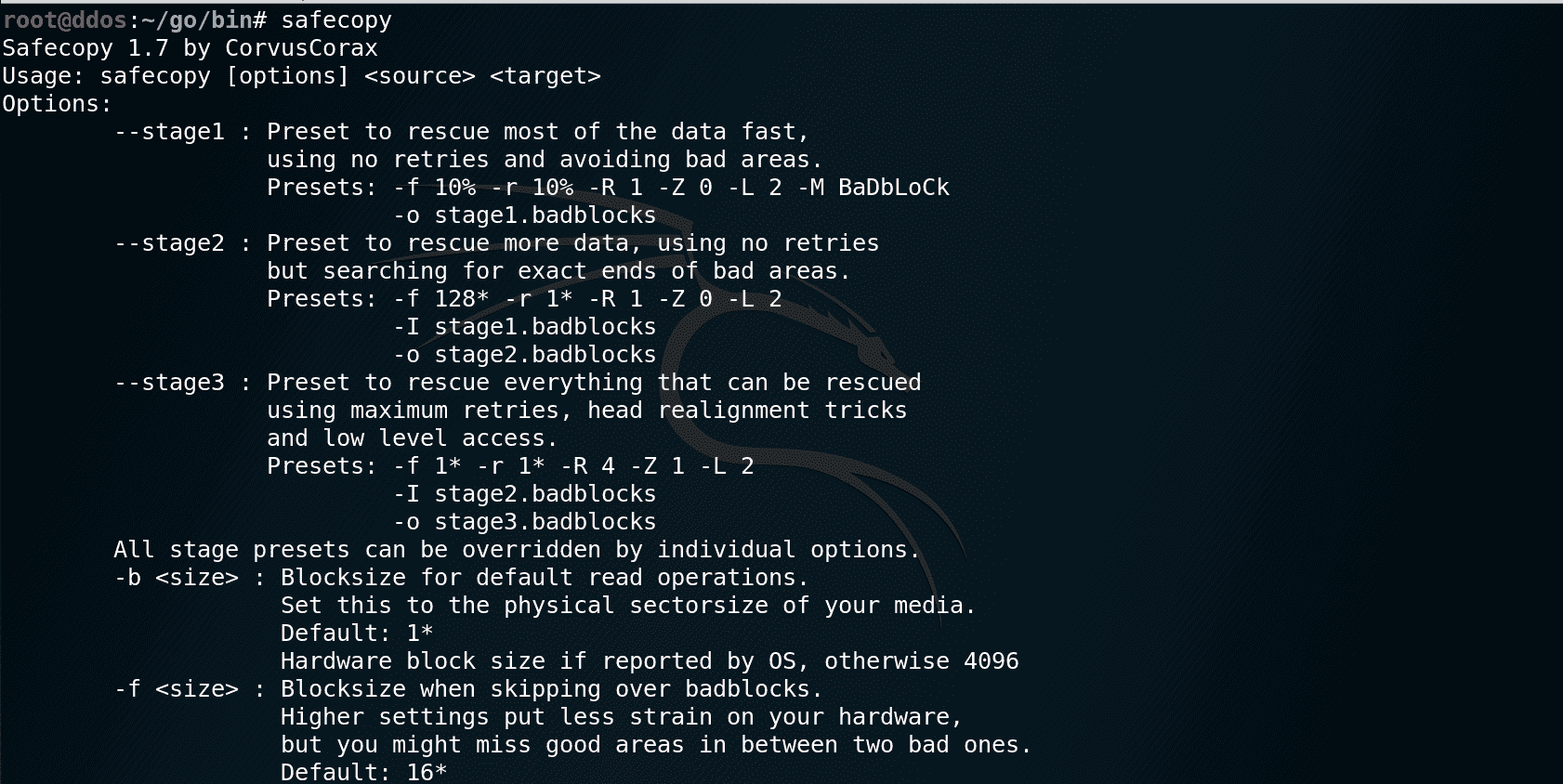safesql: tatic analysis tool for Go that protects against SQL injections

SafeSQL is a static analysis tool for Go that protects against SQL injections.
How does it work?
SafeSQL uses the static analysis utilities in go/tools to search for all call sites of each of the query functions in packages (database/sql,github.com/jinzhu/gorm,github.com/jmoiron/sqlx) (i.e., functions which accept a parameter named query,sql). It then makes sure that every such call site uses a query that is a compile-time constant.
The principle behind SafeSQL’s safety guarantees is that queries that are compile-time constants cannot be subverted by user-supplied data: they must either incorporate no user-controlled values, or incorporate them using the package’s safe placeholder mechanism. In particular, call sites which build up SQL statements via fmt.Sprintf or string concatenation or other mechanisms will not be allowed.
Usage

False positives
If SafeSQL passes, your application is free from SQL injections (modulo bugs in the tool), however, there are a great many safety programs which SafeSQL will declare potentially unsafe. These false positives fall roughly into two buckets:
First, SafeSQL does not currently recursively trace functions in the call graph. If you have a function that looks like this:
and only call MyQuery with compile-time constants, your program is safe; however, SafeSQL will report that (*database/sql.DB).Query is called with a non-constant parameter (namely the parameter to MyQuery). This is by no means a fundamental limitation: SafeSQL could recursively trace the query argument through every intervening helper function to ensure that its argument is always constant, but this code has yet to be written.
The second sort of false positive is based on a limitation in the sort of analysis SafeSQL performs: there are many safe SQL statements which are not feasible (or not possible) to represent as compile-time constants. More advanced static analysis techniques (such as taint analysis) or user-provided safety annotations would be able to reduce the number of false positives, but this is expected to be a significant undertaking.
Copyright (c) 2015- Stripe, Inc. (https://stripe.com)
Source: https://github.com/stripe/





